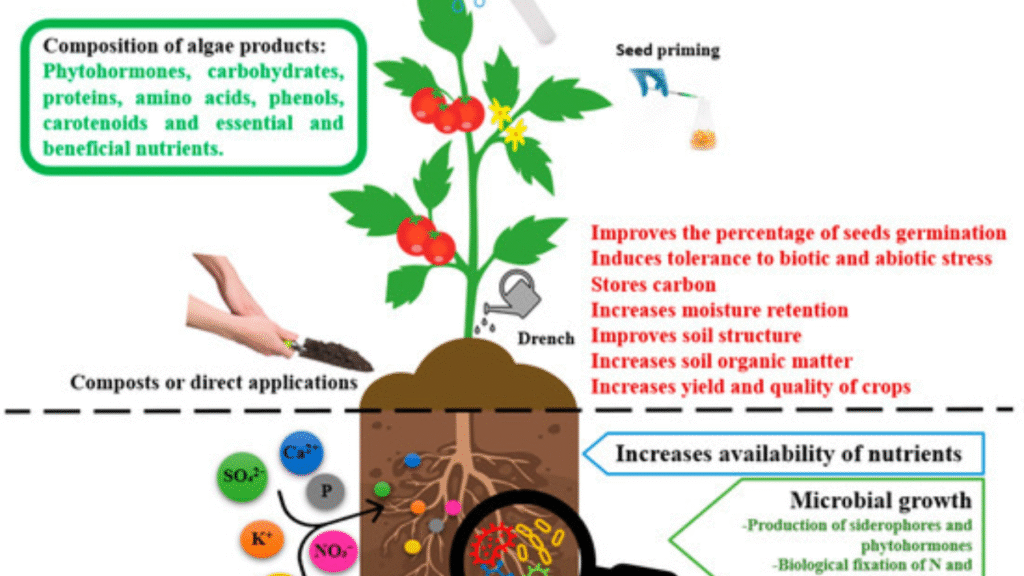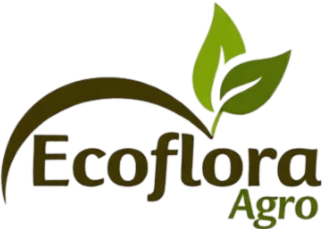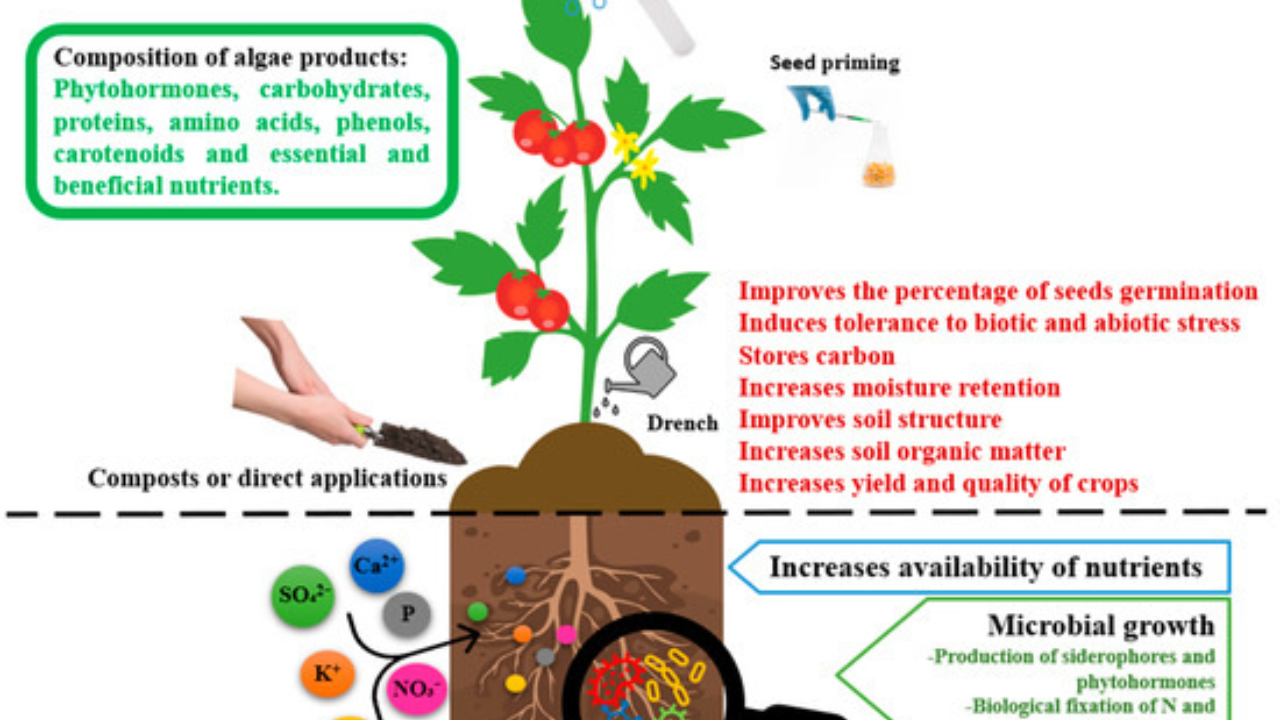
Ecoflora, a leading innovator in botanical crop protection solutions, is redefining how the agricultural sector sources eco-friendly raw materials. At the heart of its innovation lies a meticulous, science-backed, and sustainable process of identifying and sourcing plant-based compounds used in natural pesticides and bio-stimulants. This article explores Ecoflora’s comprehensive approach—from ethnobotanical research to farmer partnerships and quality control—that ensures every botanical ingredient meets the highest standards of efficacy, safety, and sustainability.
Overview Table: Key Steps in Ecoflora’s Botanical Sourcing Process
| Step | Description | Focus Area | Stakeholders Involved | Quality Measures | Sustainability Action |
|---|---|---|---|---|---|
| Ethnobotanical Surveys | Studying traditional plant uses | Indigenous knowledge | Local communities | Pre-screening | Cultural conservation |
| Laboratory Screening | Scientific testing of bioactivity | Active compounds | R&D Scientists | Bioassays, toxicity tests | Ethical compound usage |
| Ecological Mapping | Identifying regions of abundance | Habitat assessment | Botanists, ecologists | GPS-tagged locations | Biodiversity monitoring |
| Local Sourcing Partnerships | Collaborating with growers & collectors | Sustainable harvest | Farmer groups | Organic compliance | Fair trade model |
| Traceability Audits | Tracking material origin and journey | Supply chain transparency | Supply chain auditors | Batch trace logs | Zero-deforestation polic |
1. Ethnobotanical Research: Learning from Traditional Knowledge
Ecoflora begins its sourcing journey by tapping into the rich ethnobotanical knowledge of indigenous and rural communities. These populations have long used plants for pest control, healing, and crop protection.
Methods:
- Field interviews with traditional healers, farmers, and elders
- Documentation of local names, preparation techniques, and effects
- Cross-validation with literature and existing herbal databases
This community-centered approach helps identify promising leads while respecting cultural heritage and ensuring that intellectual contributions are acknowledged.
2. Scientific Validation in Modern Labs
Not all plants are effective, and Ecoflora takes a rigorous scientific route to validate ethnobotanical claims. Extracts from identified species undergo a battery of biochemical and toxicological tests.
Key Laboratory Steps:
- Solvent extraction and isolation of active compounds
- Bioassays against common pests and plant diseases
- Toxicity evaluation on non-target organisms (like bees and earthworms)
- Stability testing to assess product shelf life
Only the plants that pass efficacy and safety benchmarks are approved for commercial sourcing. This ensures that traditional wisdom is enhanced, not replaced, by science.
3. Ecological Mapping and Site Selection
Once a bioactive plant is validated, Ecoflora maps its ecological distribution to determine optimal regions for sustainable harvesting or cultivation.
Mapping Focus:
- Soil, altitude, and climate compatibility
- Natural pest resistance of the plant
- Conservation status (e.g., endangered or invasive)
Ecoflora uses GIS and remote sensing tools to create plant density heatmaps, ensuring raw materials are harvested from non-threatened and high-yielding zones.
4. Farmer and Forager Collaborations
Ecoflora doesn’t operate in isolation. It actively partners with local farmers, tribal groups, and forest gatherers to ethically source raw materials. These relationships are governed by contract farming or wild collection guidelines.
Partnership Features:
- Training in sustainable harvest methods
- Upfront purchase agreements at fair prices
- Incentives for organic cultivation
- Exclusion of child labor or exploitative practices
This decentralized model supports rural livelihoods and ensures that the supply of botanicals remains both stable and scalable.
5. Quality Assurance and Traceability
Every batch of raw material goes through a robust traceability and quality assurance protocol. This guarantees that end products meet both regulatory standards and customer expectations.
Quality and Safety Measures:
- Barcode-based tracking from harvest to formulation
- Pesticide residue testing
- Moisture, color, and particle size control
- Batch-wise documentation for recall management
These checks are aligned with ISO and Good Agricultural Practices (GAP), ensuring each input contributes to a reliable, clean-label botanical product.
Comparative Table: Sourcing Elements at a Glance
| Element | Conventional Suppliers | Ecoflora’s Approach |
|---|---|---|
| Knowledge Base | Market-driven | Ethnobotanical + scientific |
| Harvesting Model | Bulk procurement | Sustainable partnerships |
| Environmental Impact | Often unchecked | Eco-mapped and limited |
| Quality Control | Varies widely | ISO-grade traceability |
| Fairness to Collectors | Low | Guaranteed ethical sourcing |
| Product Consistency | Unstable | Lab-validated and standardized |
Sustainability Commitments
Ecoflora doesn’t just talk sustainability—it integrates it into every step:
- No sourcing from protected or endangered species
- Zero-deforestation zones enforced
- Carbon tracking of supply chain emissions
- Biodiversity impact assessments before cultivation projects
- Community reinvestment programs for education and health
Real-World Application: Sourcing Case Example
- Ethnobotanical lead: Used in Ayurvedic pest repellent remedies
- Ecological target zone: Semi-arid areas of Maharashtra and Rajasthan
- Local partners: 450 farmers under contract-farming model
- Harvest method: Manual seed collection, sun drying, cold-press oil extraction
- Outcome: Over 40 tons/year of organic neem oil with <0.2% azadirachtin degradation
Conclusion
Ecoflora’s method of identifying and sourcing botanical raw materials is a fusion of traditional knowledge, modern science, and ethical business. Its transparent and traceable supply chain not only delivers highly effective natural crop protection products but also empowers local communities and preserves biodiversity. In an age where greenwashing is common, Ecoflora sets a gold standard for how truly sustainable and scalable botanical sourcing should look.
3 One-Line FAQs
Q1: How does Ecoflora ensure the safety of its botanical ingredients?
Through lab testing, ecological screening, and certified quality control protocols.
Q2: Are the farmers who supply botanicals to Ecoflora certified organic?
Yes, Ecoflora trains and supports its partners to meet organic and fair-trade standards.
Q3: Does Ecoflora use endangered plant species in its products?
No, the company strictly avoids endangered or protected species and complies with biodiversity laws.

